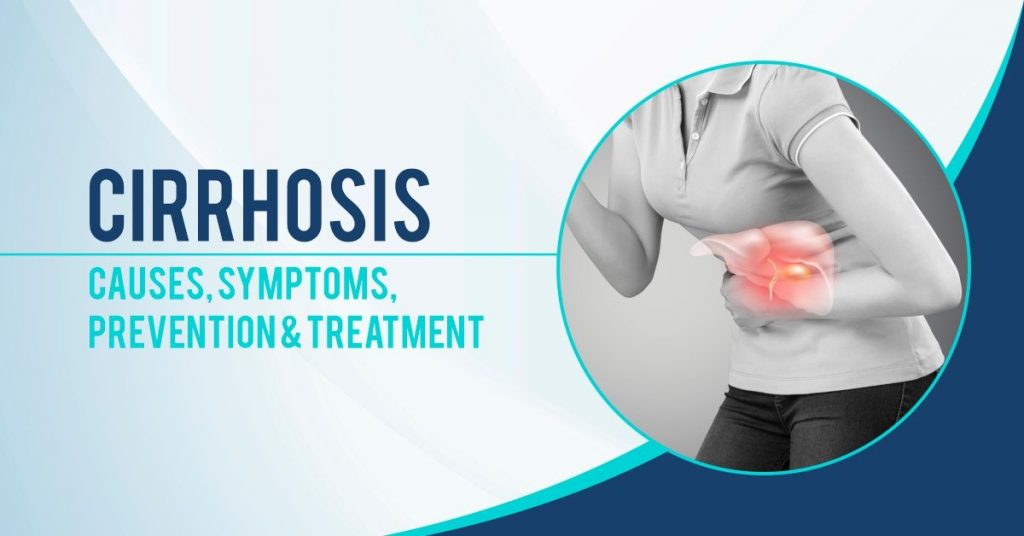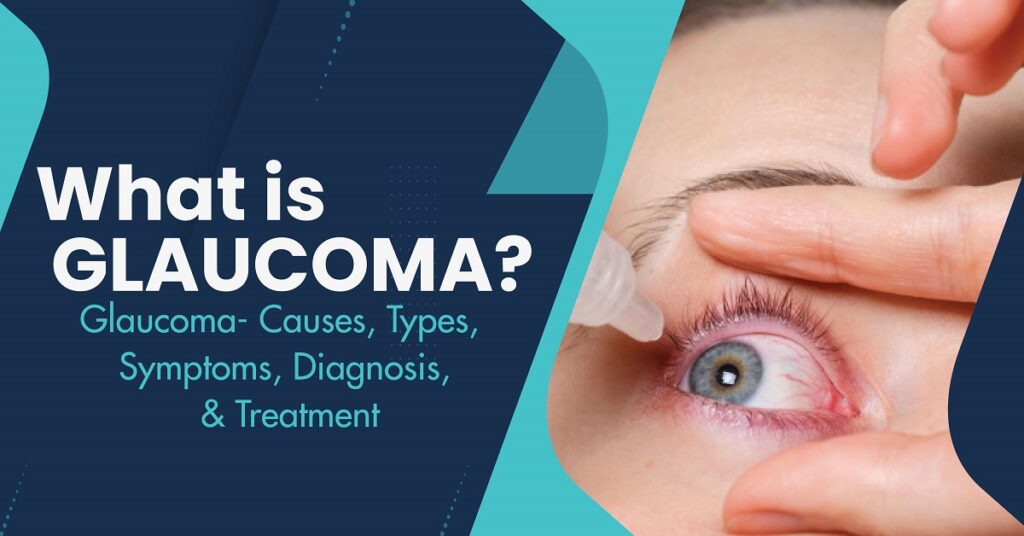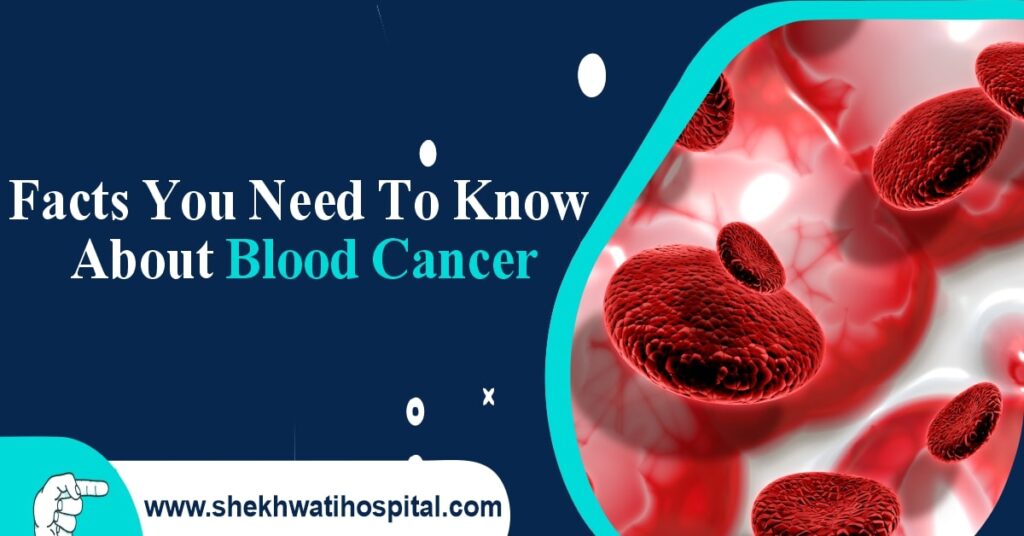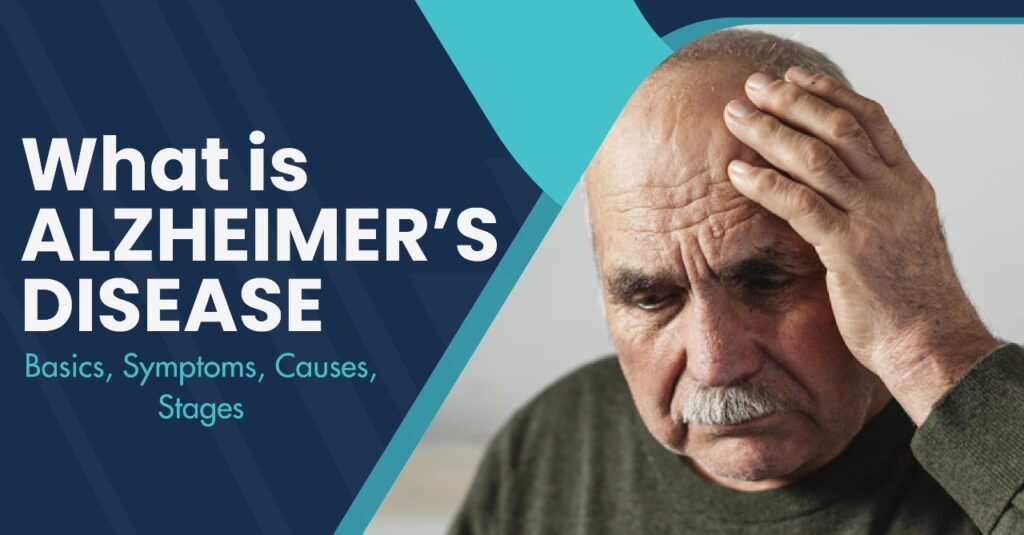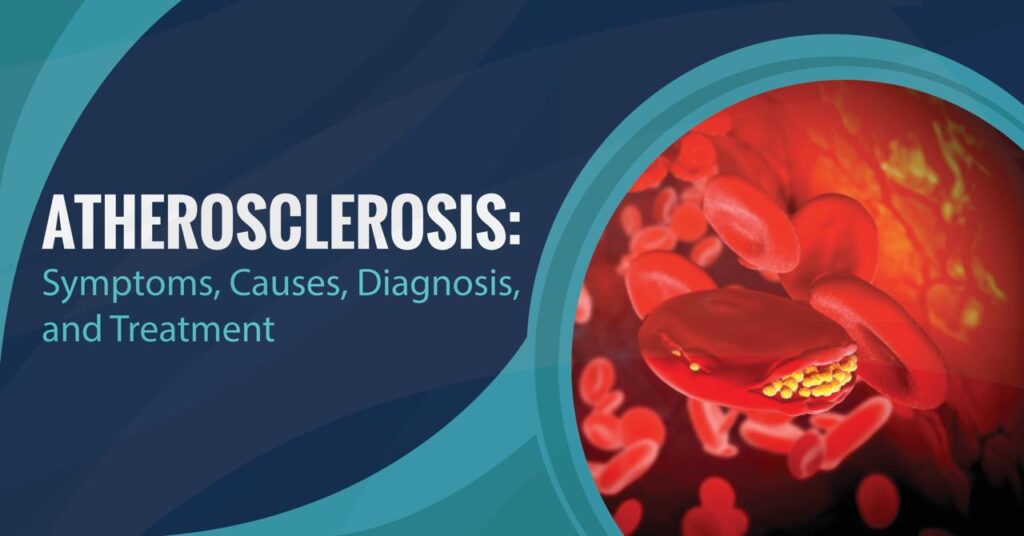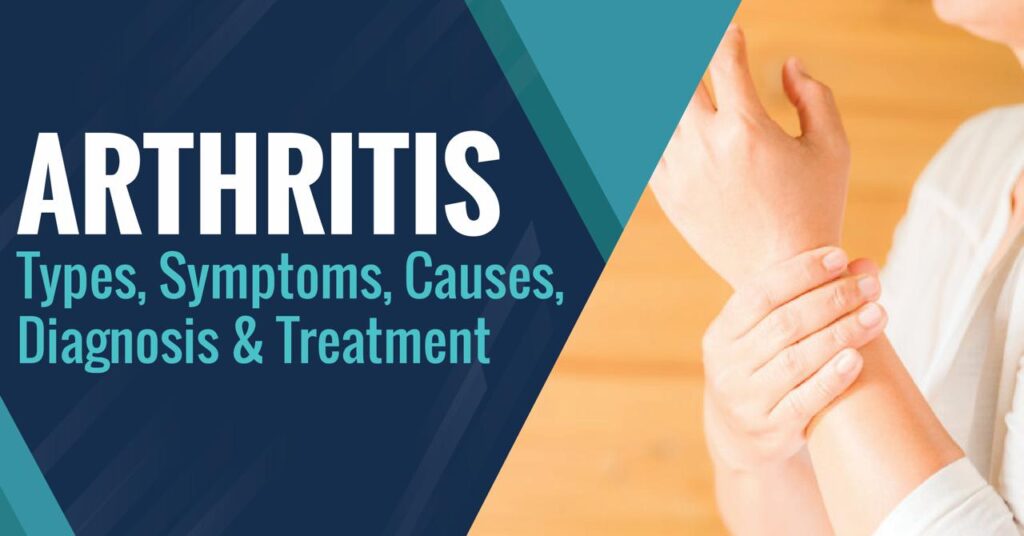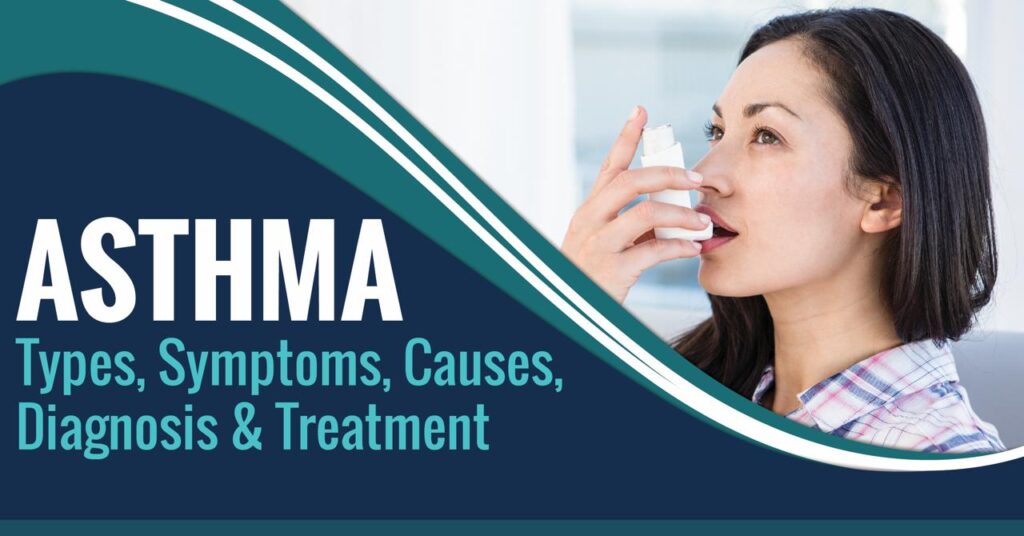What is Cirrhosis?
The condition of Cirrhosis involves the replacement of healthy liver tissue by nonliving scar tissue, which inhibits blood flow through the liver and reduces the liver’s ability to process nutrients, hormones, and medications.
Cirrhosis has always been associated with other liver diseases, such as chronic hepatitis, alcohol-related liver disease (ARLD), and nonalcoholic fatty liver disease (NAFLD). If cirrhosis is not treated, liver failure may occur.
The liver can become scarred or fibrotic when it is exposed to toxic substances – like alcohol and drugs – or to inflammation, which is often caused by liver diseases.
Symptoms of Cirrhosis:
In the early stages of cirrhosis, symptoms are rare. However, as scar tissue accumulates, the liver loses its ability to function properly. The following symptoms may occur:
- On the upper abdomen, blood capillaries are visible.
- fatigue
- insomnia
- There is pain or tenderness around the liver
- itchy skin
- loss of appetite
- loss of bodyweight
- nausea
- red or blotchy palms
- weakness
As liver cirrhosis progresses, the following signs and symptoms may become apparent:
- accelerated heartbeat
- personality changes
- bleeding gums
- mass loss in the body and upper arms
- difficulties processing drugs and alcohol
- confusion
- dizziness
- a fluid buildup on the legs, ankles, and feet, known as edema
- hair loss
- higher susceptibility to bruising
- Jaundice
- loss of sex drive
- memory problems
- Increased fevers and infection risks
- muscle cramps
- nosebleeds
- pain in the right shoulder
- breathlessness
- Black and tarry stools are produced, or stools turn very pale.
- urine becomes darker.
- blood in vomiting
- problems in walking and mobility
Causes of Cirrhosis:
Long-term excessive alcohol consumption and hepatitis C virus infection are two of the most common causes of liver cirrhosis. However, several other conditions can also damage the liver and cause cirrhosis. ‘Fat liver’, or non-alcoholic fatty liver disease, is the major cause of cirrhosis. Cirrhosis is mainly caused by infection with the hepatitis B virus.
Alcoholic liver cirrhosis:
Cirrhosis is a disease that can develop after drinking excessive amounts of alcohol over many years. Chronic drinking of alcohol is the leading cause of liver cirrhosis.
Liver cirrhosis and hepatitis:
Viruses, like hepatitis B or C viruses, cause viral hepatitis, which is inflammation of the liver. Hepatitis B, as well as hepatitis C, can result in liver cirrhosis. Alcohol increases your risk of developing cirrhosis if you have either of these conditions.
You Can Read Also: CHALAZION: SYMPTOMS, CAUSES, TREATMENT, AND PREVENTION
Liver cirrhosis and fatty liver:
Unlike an alcoholic liver disease, non-alcoholic fatty liver disease (NAFLD) causes fat to accumulate in the liver. It affects about 20 percent of Australians and is becoming more prevalent in children who are overweight or obese.
Liver cirrhosis from inherited conditions:
Inheritable liver conditions can cause scarring that contributes to cirrhosis. These include:
- hemochromatosis
- galactosemia
- cystic fibrosis
- alpha-1 antitrypsin deficiency
Other causes of liver cirrhosis:
Several medical conditions can damage the liver and cause cirrhosis, including:
- some autoimmune diseases – This condition occurs when immune cells attack the liver. It is caused by autoimmune hepatitis, primary biliary cholangitis, and primary sclerosing cholangitis (inflammation and scarring of the bile ducts).
- exposure to poisons – Prolonged exposure to environmental toxins such as arsenic can cause liver damage and lead to cirrhosis since the liver is responsible for cleaning the blood of toxins.
- schistosomiasis – Chronic schistosomiasis damages organs including the liver. It is caused by an intestinal parasite called Schistosoma. The worm is spread to humans by snails.
- certain medications – in rare cases, may cause cirrhosis in susceptible people.
- unknown conditions – There is evidence that cirrhosis can occur in about one-third of cases (called ‘cryptogenic cirrhosis’, which can result from non-alcoholic fatty liver disease).
Risk Factors of Cirrhosis:
- Chronic hepatitis (B and C)
- Bacterial, fungal, or parasitic infections
- Alcoholism
- Smoking
- Injecting illicit drugs (including shared needles)
- Tattoo and body piercing needles that are not sufficiently sterilized
- Fatty liver disease
- Primary sclerosing cholangitis, autoimmune hepatitis, primary biliary cirrhosis, and primary sclerosing cholangiocarcinomas are autoimmune conditions
- Hemochromatosis and Wilson’s disease are two rare inherited or genetically associated conditions
- Unprotected sex
- Diabetes
- Obesity
- High levels of triglycerides in the blood
Other risk factors include:
- Gender – Compared to men, women are more prone to liver cirrhosis.
- Age – People between the ages of 30 and 60 are more likely to suffer from liver problems.
- Genetics – An individual’s susceptibility to liver disease can be increased if they have close family members with liver disease.
Diagnosis of Cirrhosis:
You will have a physical exam with your healthcare provider. After reviewing your past health, they will determine your current health.
Some other tests may be administered to you, including:
- Blood tests: Tests may be done to determine your liver function, your blood clotting ability, and how well your liver is functioning.
- Liver biopsy: A needle is used to take small samples of liver tissue from the patient. These samples are examined under a microscope to determine the type of liver disease.
Depending on your healthcare provider, you may need imaging tests such as:
- CT scan (computed tomography): CT scans are imaging tests in which X-rays and a computer are used to detect abnormalities in bones, muscles, fat, and organs.
- MRI (magnetic resonance imaging): This imaging technique uses a magnetic field and radio waves to take detailed pictures of your internal organs. A dye may be injected into your vein to enhance the visibility of the liver and other organs.
- Ultrasound: It uses high-frequency sound waves to create images of blood vessels, tissues, and organs. It checks how blood is flowing through blood vessels.
Alternatively, you may undergo an upper endoscopy (EGD), in which a flexible lighted camera is inserted through your mouth into your upper digestive tract to look for enlarged blood vessels that are at risk of bleeding.
You Can Read Also: What is Cataracts
In the case of fluid in the belly (ascites), you will likely need to follow a low sodium diet, take water pills (diuretics), and have the fluid removed with a needle (paracentesis).
Complications of Cirrhosis:
Complications of cirrhosis can include:
- Having high blood pressure in the vessels supplying the liver (portal hypertension): Cirrhosis causes the liver’s blood flow to slow down, increasing pressure in the vein that transfers blood from the intestines and spleen to the liver.
- Swelling in the legs and abdomen: Edema and ascites can be caused by inflammation in the legs (edema) and the abdomen (ascites). Inadequate liver production of certain blood proteins can also lead to edema and ascites.
- Enlargement of the spleen (splenomegaly): As a result of portal hypertension, the spleen can become enlarged, which can cause white blood cells and platelets to be trapped. This is the first sign of cirrhosis that you will notice a decrease in white blood cells and platelets.
- Bleeding: Hypertension in the portal veins can cause blood to be redirected to smaller veins, which can burst if restrained by the extra pressure. If the liver cannot produce enough clotting factors, this too can contribute to continued bleeding. Port hypertension may cause enlarged veins in the esophagus (esophageal varices) or stomach (gastric varices) which can lead to life-threatening bleeding.
- Infections: When you have cirrhosis, you can have problems fighting infections. Ascites can lead to a serious infection called bacterial peritonitis.
- Malnutrition: Having cirrhosis may cause your body to have difficulty processing nutrients, which can result in weight loss and weakness.
- The buildup of toxins in the brain: By comparison, a healthy liver is capable of clearing the blood of toxins more efficiently. Toxins can build up in the brain and cause confusion and difficulty concentrating, and hepatic encephalopathy can progress to unresponsiveness and coma over time.
- Jaundice: Symptoms of jaundice include yellowing of the skin, whites of the eyes, and darkening of the urine, which are caused by the diseased liver not removing enough bilirubin from the blood.
- Bone disease: Cirrhosis may lead to bone loss and increase fracture risk.
- Acute-on-chronic cirrhosis: In some cases, people with cirrhosis go on to experience multiorgan failure. Scientists are not sure why this occurs, but they think it could be caused by cirrhosis itself.
Preventions of Cirrhosis:
Cirrhosis can be prevented by maintaining a healthy lifestyle.
- If you have cirrhosis, do not drink alcohol. Consult your doctor if you have liver disease but not cirrhosis so they can determine whether you are allowed to drink alcohol at all. For women of all ages and men over 65, the recommended amount is one to two drinks per day.
- Eat a healthy diet. Avoid fried foods and fatty foods. Caffeinated coffee may protect against fibrosis and liver cancer. Consume fruit and vegetables regularly. Choose whole grains and lean proteins.
- Maintain a healthy weight. Overweight or obese individuals can have liver damage due to an excess amount of body fat. Speak with your physician about losing weight.
- Reduce your risk of hepatitis. You can get hepatitis B and C from sharing needles and having unprotected sex. Your doctor can give you a hepatitis vaccination.
- Avoid using drugs. You should avoid using nonsteroidal anti-inflammatory drugs (NSAIDs), as they can damage your liver.
Treatment of Cirrhosis:
Cirrhosis can’t be reversed, but treatment for the disease can stop or slow progress and reduce complications. Treatment varies depending on what is causing cirrhosis and whether specific complications have developed.
Self-Care at Home for Cirrhosis:
- When you stop drinking alcohol, you will notice a difference in how you feel and how fast the disease is progressing.
- Make sure you avoid medications that may cause harm to your liver (Tylenol), kidneys (Advil), or both. Ask your doctor for a list of these medications.
- A low-sodium diet can help you if you have fluid retention problems.
- Protein intake should be decreased if you have ever developed liver-related brain disorders (hepatic encephalopathy).
Medical Treatment for Cirrhosis:
There are several ways in which cirrhosis can be treated. The most common is to treat the symptoms. Some underlying causes of cirrhosis, such as Wilson’s disease, can be treated by medication.
Studies have looked at several medicines, including steroids, penicillamine (Cuprimine, Depen), and anti-inflammatory (colchicine), but none of them have shown prolonged survival or improved survival rates.
- Portal hypertension: The blood pressure in your blood vessels can be lowered with a drug called a beta-blocker.
- Ascites: As your liver ages, its blood flow slows, putting pressure on your blood vessels, forcing fluid out into the surrounding tissues, where it is retained.
- You may be prescribed water pills (diuretics), which will remove extra fluids from your body, causing you to urinate more frequently.
- If you have a large amount of fluid in your abdomen, a needle may be inserted to remove it. However, this fluid usually collects again.
- Hepatic encephalopathy: Your symptoms might be severe enough that you need to be hospitalized, particularly if you have become so confused you cannot care for yourself.
- Clotting disorders: To correct clotting disorders, adequate protein intake and vitamin supplements are important.
Itching: Itching can be reduced with medications.


